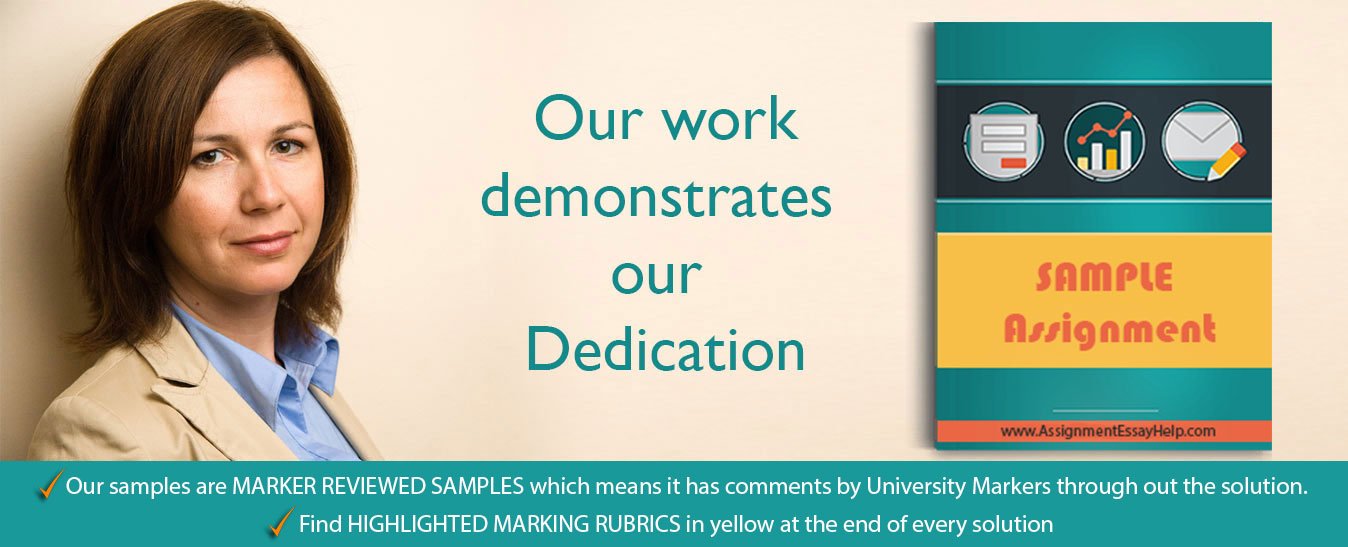
You can download the sample Linguistics case study on Cognitive Approaches to Discourse Analysis with the following question for free at the end of this page. For further assistance with Linguistics Assignment help, please check our offerings in Linguistics assignment solutions. Our subject-matter experts provide online assignment help to Linguistics students from across the world and deliver plagiarism free solution with a free Turnitin report with every solution.
(AssignmentEssayHelp does not recommend anyone to use this sample as their own work.)
Linguistics Assignment Question
Write an article on:
-
Egbert, J., Staples, S., & Biber, D. (2015). Corpus research. In James Dean Brown and Christine Coombe (Eds.), The Cambridge guide to research in language teaching and learning, Cambridge: Cambridge University Press.
-
Hunter, J., Belfiore, E M., Defoe T., Folinsbee, S and Jackson, N. (2008) Quality control in the new workplace: Implications of ethnography for language and literacy learners. 23 (2), Massey University, New Zealand, Tri En Communications and University of Toronto, Canada.
-
Sonbul Suhad and Schmitt Norbert., (Ju l2010) Direct teaching of vocabulary after reading: is it worth the effort? ELT Journal: English Language Teachers Journal; 64(3), p253.
- Watt, Anthony. (2015) Fundamentals of Quantitative Research in the Field of Teaching English as a Foreign Language”. In The Praxis of English Language Teaching and Learning (PELT): beyond the binaries: researching critically in EFL classrooms (Eds) Mark Vicars, Shirley Steinberg, Tarquam McKenna, and Marcelle Cacciattolo. Rotterdam: Sense Publications.
-
Widin, Jacqueline and Yasukawa, Keiko. (2013) Re-imagining Citizenship: Views from the classroom. In Language policies and (dis)citizenship : rights, access, pedagogies. (Eds) Vaidehi Ramanathan. Bristol: Multilingual Matters.
Linguistics Assignment Solution
Article 1
Egbert, J., Staples, S., & Biber, D. (2015). Corpus research. In James Dean Brown and Christine Coombe (Eds.), The Cambridge guide to research in language teaching and learning, Cambridge: Cambridge University Press.
Corus learning means the use of computers to understand language patterns within the corpora of texts. Such a method is used to derive linguistic and grammatical rules. This chapter suggests that many corpora are now available for research and training language. It suggests ways in which corpora may be used for classroom teaching. The relevance of this chapter to language teaching and research in the field of language studies is that it highlights the four main ways in which corpora can be applied in language teaching in classrooms. Drawing from Reppen (2010) research, the four main ways are as follows, “a) using published materials that are informed by corpus research; b) creating your own materials based on corpus research; c) having students use existing corpora to do their own investigations of language (data-driven learning or DDL); and d) creating your own corpus to meet your learner’s needs.” (119). The authors then elaborate on teaching methods that can be developed through the use of corpora. The focus of this chapter is to give an inclusive view of the use of corpora in different areas such as, “vocabulary, grammar, register variation, and learner language.” (121) With several examples, the authors outline the contributions of corpora and its practical implications in the areas mentioned above.
By employing the methodology of literature review, the authors elucidate relevant issues of corpora and its uses. Extensive use of references substantiates the chapter as a theoretically sound and reliable work on corpus research. For instance, the authors provide readers with available information on existing “corpus-informed learner dictionaries” (121) such as COBUILD, Longman Dictionary of Contemporary English and the Cambridge Advancement Learner’s Dictionary. Those readers who may be interested in exploring these resources further, this chapter provides the much needed introductory step.
The writing technique is lucid and well structured. The first section chalks out an outline of the rest of the chapter, while the section focuses on the implications of corpora in various areas. The concluding part of the chapter encourages further research and recognizes the potential for research opportunities.


 WhatsApp Us
WhatsApp Us